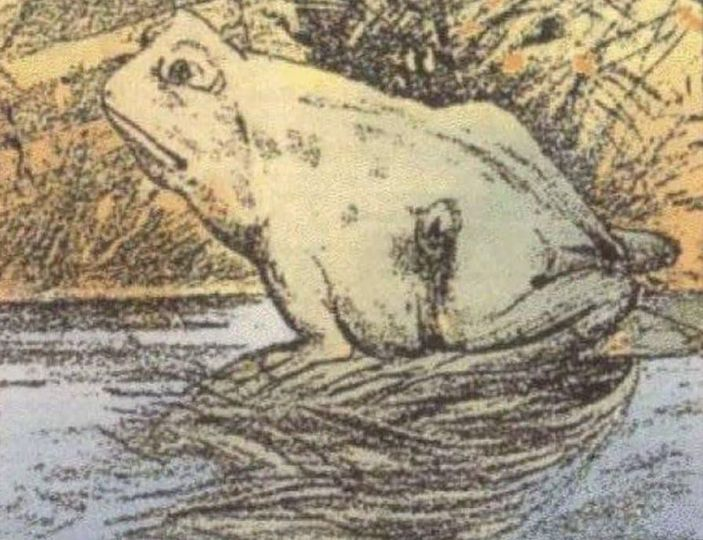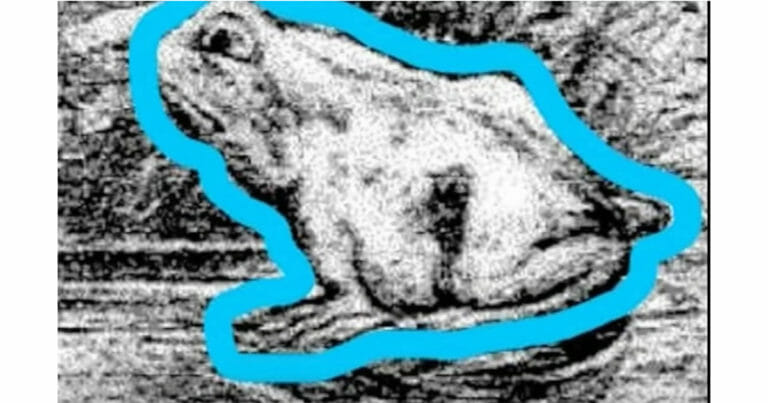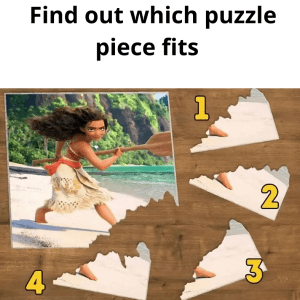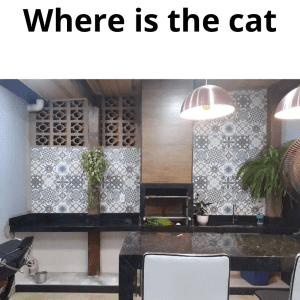Optical illusions have a way of captivating minds across the globe. Let’s be honest, who doesn’t enjoy a challenge that messes with their perception? These clever tricks of the eye have a knack for leaving us bewildered, making us question what we see. And when you manage to solve one, there’s always that irresistible urge to share it with others, inviting them to figure it out too. The thrill comes from the mix of confusion, curiosity, and satisfaction of finally seeing what others can’t—or, in some cases, what they can.
The New Optical Illusion That’s Breaking the Internet

Every once in a while, an image emerges that baffles even the sharpest eyes. Recently, a new optical illusion surfaced online, prompting people to tilt their heads, squint, and zoom in closer. This viral image isn’t just your average puzzle; it’s a visual challenge that teases your brain and pushes your perception to the limit. Think you’ve got what it takes to crack this one? Let’s put your skills to the test.
At First Glance: What Do You See?
When you first look at this image, it seems simple enough, right? But as you stare longer, you’ll realize there’s more going on than meets the eye. Some people immediately spot a frog resting on a lily pad. But hold on—is that all? There’s a hidden image waiting to be discovered. If you’re feeling lost, don’t worry; you’re not alone. This illusion was designed to deceive your brain, making you focus on one element while another hides in plain sight.
The Hidden Horse: Where Is It?
The real challenge here is finding the second image within the first. Yes, you heard that right! The picture contains both a frog and a horse, but the horse is notoriously difficult to spot. Most people see the frog without any trouble—it’s right there in the center, after all. But seeing the horse is a whole different story. Want a hint? Look closely at the frog’s body. The hidden horse isn’t an entire figure; only its head and neck are camouflaged within the frog’s shape.
How the Illusion Works: A Deceptive Play on Perception
Optical illusions like this one rely on our brain’s tendency to prioritize certain shapes and patterns over others. In this case, the frog’s body cleverly disguises the horse’s head. Your brain, conditioned to see familiar shapes, locks onto the frog first because it’s the most obvious figure in the image. However, once you adjust your focus and start looking at the unusual textures of the lily pad, the illusion starts to make sense.
Still struggling to find the horse? Take a closer look at the frog’s body. Imagine it’s not a frog, but instead, envision the outline of a horse’s head within the frog’s form. Suddenly, the nose, ears, and even the neck begin to appear where the frog’s body once was.

The Psychology Behind Optical Illusions
Optical illusions are more than just fun challenges; they provide insight into how our brains process information. When you look at an illusion, your brain tries to make sense of what’s in front of you based on past experiences and familiar patterns. This is why you might see the frog immediately but miss the horse entirely. Our brains prefer familiar shapes and often “fill in the blanks” to create a complete image, even when some details are missing.
The brain also uses something called “gestalt principles” to perceive visual stimuli. Gestalt psychology suggests that our minds tend to simplify and organize complex images into whole patterns. In this illusion, the gestalt principle of “figure-ground organization” comes into play. Your brain chooses which part of the image is the figure (the frog) and which part is the background, making it tricky to spot the hidden horse.
Why You Should Keep Trying: The Satisfaction of Solving It
Did you manage to see both the frog and the horse? If so, congratulations! You’re among the few who can successfully decipher this optical trick. If you haven’t found the horse yet, don’t give up. The moment when the hidden image finally “clicks” into place is incredibly satisfying, like completing a difficult jigsaw puzzle. And if you still can’t see it, share the illusion with your friends and family—maybe they’ll have better luck, or maybe you’ll find the answer together.
Conclusion: A Lesson in Perception
Optical illusions are more than just brainteasers; they’re exercises that challenge how we perceive the world. This particular illusion, with its cleverly hidden horse within a frog, is a great reminder of how easily our brains can be fooled by visual cues. So next time you encounter an illusion like this, remember to take a step back, shift your perspective, and look for the unexpected. Sometimes, it’s all about changing the way you see things. And in this case, that means finding a horse hidden within a frog. Give it one last try, and don’t forget to share this puzzle with someone else to see if they can solve it too.


